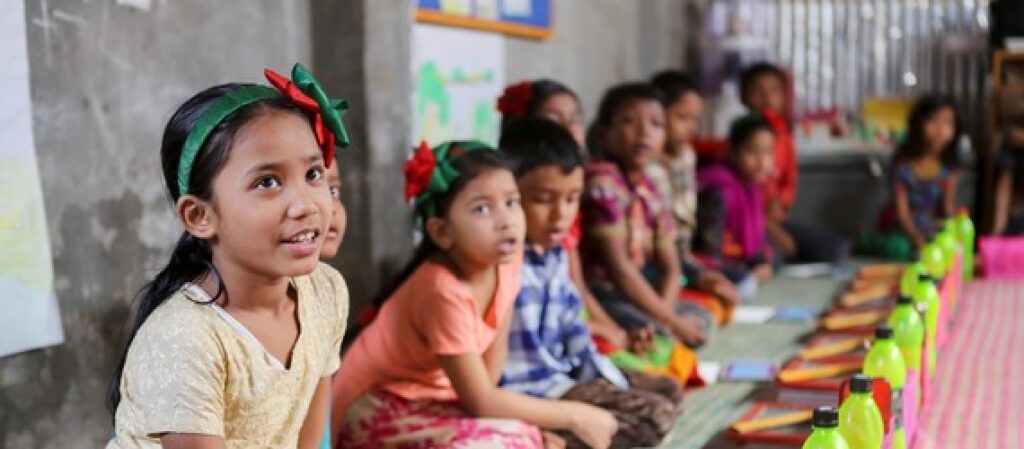Written By: Aaqib Md Shatil
On November 18, 2018, the findings of an ILO research that claimed youth unemployment doubled in seven years raised many eyebrows, especially the ones of the policymakers.
The news was embarrassing but not surprising. People with know-hows on Bangladesh’s employment scenario were well aware of the fact
Youth unemployment, however, is not quite evenly distributed. Studies suggest youth completing education from tertiary colleges have the highest unemployment rate (46 percent), followed by public universities and polytechnic institutions, and the skill gap is to be blamed.
According to a World Bank study on Bangladesh’s tertiary education, most of the employers emphasize that the skills of tertiary graduates, especially higher-order cognitive and soft skills, are not sufficient.
However, considering the fact that skills do not grow overnight, it is imperative to know how equipped and prepared the higher secondary students are for tertiary education before finding faults in the tertiary education system which hardly offers two to five-year-long programs.
Competency in question
Communication, English, ICT usage and problem-solving are some common skills employers look for in a job seeker. Learning Bangla, English and Mathematics at school can be supportive in acquiring these employable set of skills in the future.
According to the 2015 Learning Assessment of Secondary Institutions, prepared by Directorate of Secondary and Higher Education, only 22 percent of students from Grade 8 demonstrate advanced reading achievement in Bangla. This feat was achieved by seven percent of Grade 8 students for English.
In the case of Mathematics, only six percent of Grade 8 students displayed the skills of using Mathematics as a problem-solving tool to solve problems unfamiliar to them – a skill highly required for the employers, while 22 percent demonstrated a well-developed understanding of mathematical concepts and the capacity to show higher mathematical skills.
The problem with competency gets exposed when these students sit for university admission tests. In the last admission test of Dhaka University, only 15.49 percent of the examinees passed in C unit while approximately 16 percent passed in A unit.
The fact that students with high accolades in higher secondary examinations are failing to get the bare minimum marks to pass admission tests puts their competency to enroll for tertiary education in question.
The teachers
No matter how the curriculum looks like or whatever has been taught in the training, it is the teacher who teaches in the classroom. Hence, a quality teacher is expected to deliver quality education.
According to Education Watch 2018-19 of CAMPE, 42 percent failed to achieve at least second division in all three public examinations: SSC, HSC and Bachelors, though 97 percent of the teachers completed their higher studies.
One-third of the secondary school teachers do not have training on teaching and when it comes to subject-based training, the picture is grimmer. Only 44.6 percent of Mathematics teachers have received specialised training on math, 44.3 percent in English and only 36 percent for science. Only 21.9 percent of ICT teachers have been trained.
The result is, over 56 percent of the teachers at the secondary school level in Bangladesh cannot even prepare question papers for examinations on their own, according to CAMPE.
Insufficient subject knowledge, lack of training and inadequate understanding of the curriculum never help them to own what they do – teach.
Undesired job
The World Bank’s review on Bangladesh’s tertiary education says 43 percent of tertiary college graduates are working at educational institutions while only 23 percent university graduates opt for teaching.
Though there is no definite answer to the question of why more tertiary college graduates join teaching and fewer university graduates take up the profession, opportunity and incentives may play a role.
An average university graduate earns around Tk 29,932 per month, which is nearly double the salary offered to a teacher on his/her first appointment. It is of no wonder that two-third school teachers have a second profession.
The richer, the better
In Bangladesh, tertiary education institutions are dominated by students from the richest segment of society and significantly more unequal than secondary education, which is also hard to attain for low-income students.
Students coming from poor to middle-income backgrounds mostly study at private tertiary colleges and universities, according to the World Bank’s Tertiary Education Sector Review in Bangladesh.
As per the Tracer Study of Graduates of Universities of BIDS, more than 40 percent of the graduates whose parents have completed a master’s degree got a job after completing their university education; whereas this rate is almost half in the case of graduates whose parents do not have any formal education.
These students from the richest quantiles, after receiving their higher education, mostly join multinational bodies and decent government jobs and their children also get the opportunity to study at the best tertiary educational institutions. And the cycle of misfortune continues for the people from poorer quantiles.
Disclaimer: The article was first published at The Business Standard.
Featured Image Credit: World Bank.
